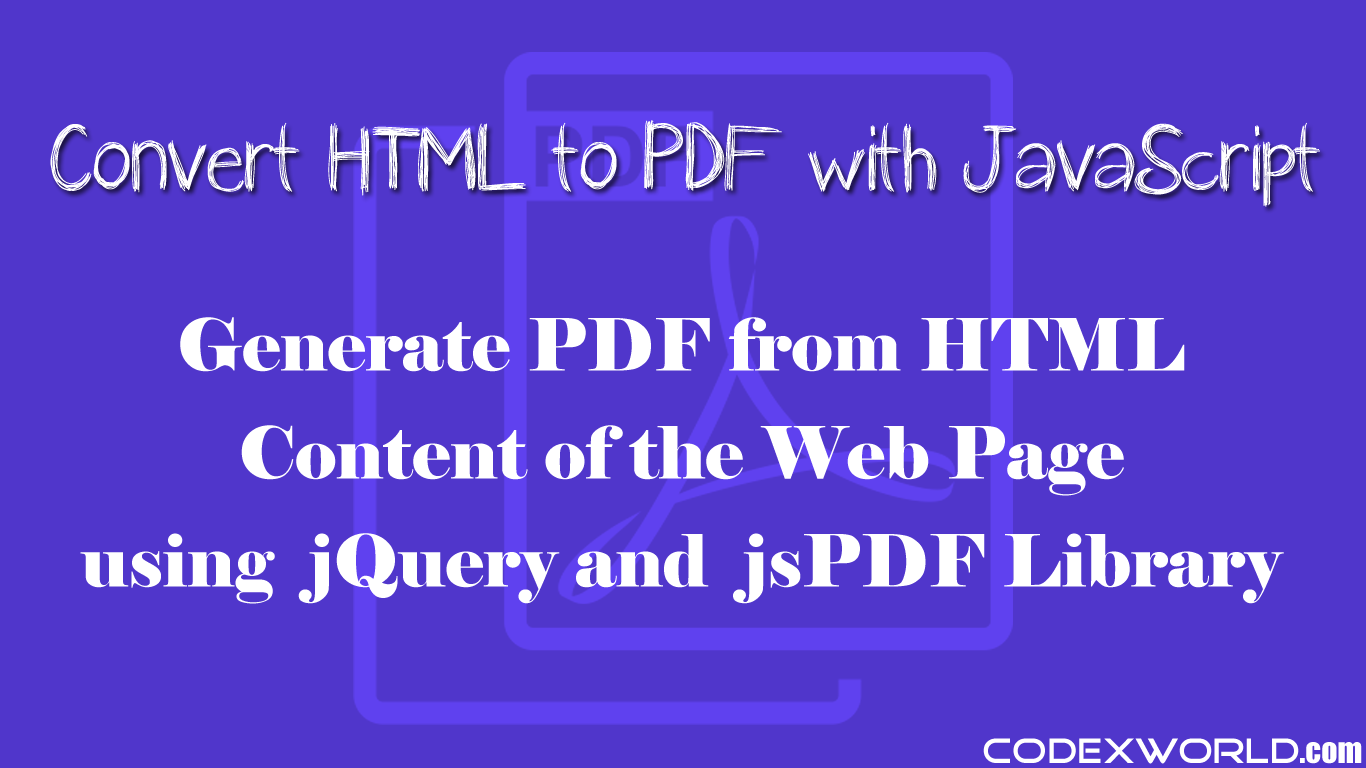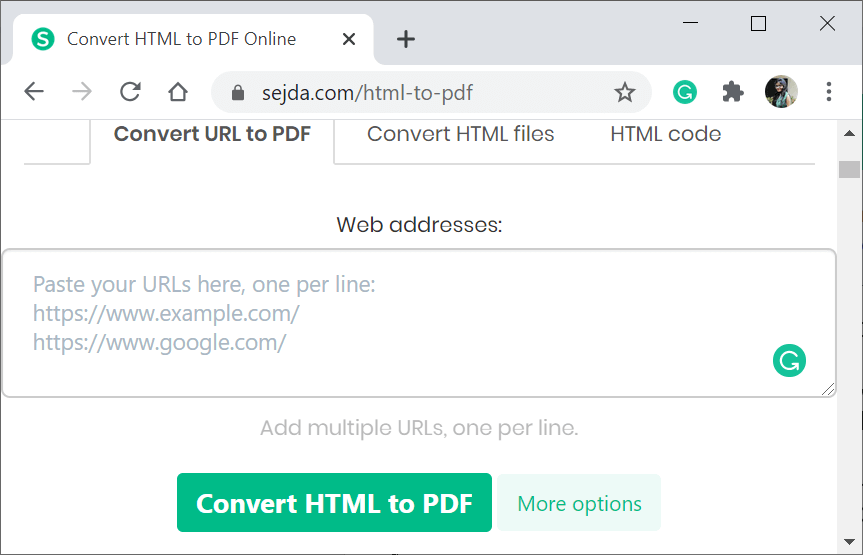

The idea is to define the custom properties for both themes like we did before, wrap dark styles up in the prefers-color-scheme media query, then define a.
#Css tricks html to pdf converter how to
Let’s use the CSS custom properties approach to demonstrate how to do this. That’s why providing a way to manually override dark mode, despite the system settings, is a good idea. But what if users want to override their system preference for a site? Just because a user prefers dark mode for their OS doesn’t always mean they prefer it on a website. We just looked at how to account for a user’s system-wide color scheme preferences. There may even be other possible methods than what we have discussed. Sometimes a combination of methods will be the most effective route. Moreover, there’s nothing saying we can only use one method. On the other hand, if your project needs to support legacy browsers, then another approach will need to do instead. If you are doing a large project, for example, you might go with CSS properties to help wrangle a large codebase. The “right” method comes down to the requirements of your project. But a server-side solution like this is useful in persisting the user’s theme choice across page reloads, as we will see later.


This method has an obvious downside: the page needs to be refreshed for the toggle to take place. I am using a GET request (URL params) for the purpose of this demonstration.Īnd, yes, we can swap stylesheets just like we did in the second method. Then, we let our code (PHP in this case) apply the appropriate body class when the page is reloaded. We can have the user send a GET or POST request. This is a great approach if you prefer working directly in the markup. If we’re already working with a server-side language, say PHP, then we can use it instead of JavaScript. Here’s a script for a button that will toggle that class, for example: // Select the buttonĬonst btn = document.querySelector('.btn-toggle') ītn.addEventListener('click', function(). the created PDF then can be downloaded and emailed to us perfectly formated.The trick here is to swap out a class that can be a hook for changing a style anywhere on the page. this button creates a pdf based on the information user typed in the fields. Instead of a submit button, there is a "create PDF" button. User goes to an online form built with plain HTML, CSS, and Javascript (for validation). I have more a "horse and buggy" solution that would put us miles ahead of what we have now. But I believe it to be a long process that can take well over a year to complete. We are in the process of turning our caveman-like structure into more of a "George Jeston" structure with a online system that can create creative request, and schedule the ads to our websites all in one swift motion. Also the Word Document we use often gets changed by the AE without them realizing it. Since we have over 700 AE’s, submitting over 400+ Word Documents to us monthly, there is plenty of room for user errors to occur, such as some fields not being completed, boxes being checked that are not suppose to be checked. To get these online campaigns completed, my company uses a caveman-like process of AE’s submitting a Word document outlining what they want created via email to our In-House Design Department. My company has over 700 Account Executives (AE) that sell online advertising campaigns. My question is how I would go about creating this web app that I have in my head. I have a working knowledge of JavaScript, and very little knowledge of PHP. I am designer by trade, but I am familiar with CSS.


 0 kommentar(er)
0 kommentar(er)
